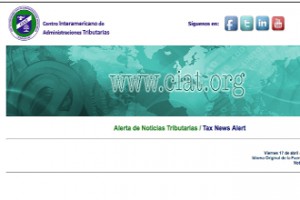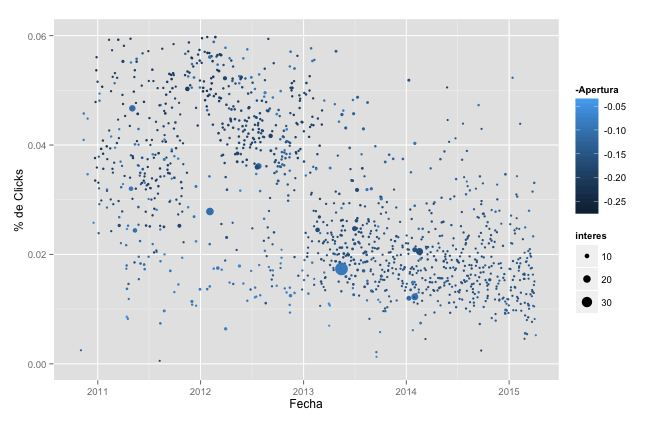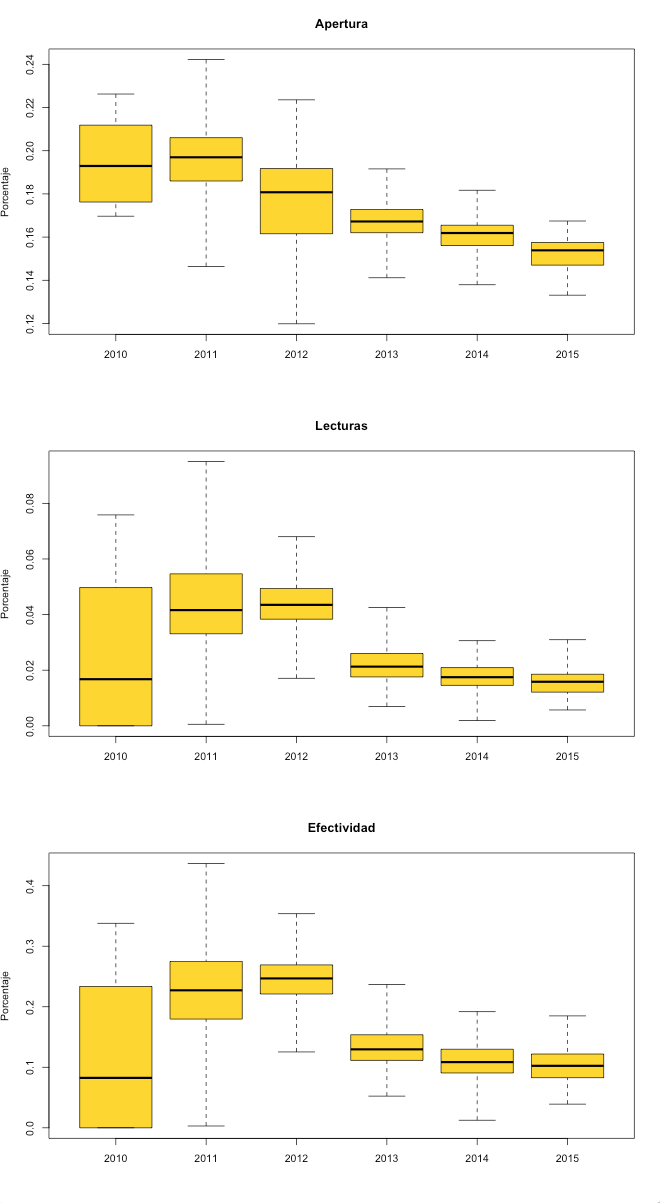Red alert! Message from the Executive Secretariat
Change in daily news alert
 By mid-October 2010, the Executive Secretariat began to email a news alert that might be of interest to our community. This alert basically collects selected news found on the Internet sites of our member countries administrations or their press entities. Also the instrument is useful to regularly disseminate the publication of new documents of the CIAT, the new blog posts, or some news about publications or events from some of the international agencies with which we work regularly.
By mid-October 2010, the Executive Secretariat began to email a news alert that might be of interest to our community. This alert basically collects selected news found on the Internet sites of our member countries administrations or their press entities. Also the instrument is useful to regularly disseminate the publication of new documents of the CIAT, the new blog posts, or some news about publications or events from some of the international agencies with which we work regularly.
Of course, those of us who generate the “content” think that it will be of interest for the majority of our audience, be useful, and therefore we employ significant resources to send you that daily alert. But enough time has elapsed to analyze the topic not on assumptions but on data. The diagram below illustrates the behavior regarding the reading of these news alerts. Each point is one of the more than 1050 alerts sent so far; the color intensity represents the percentage of emails that were opened, the darker representing greater interest, and the size of the dot represents the number of times that these were opened, usually because someone forwarded the link to one or more colleagues to recommend a story.

The diagram clearly shows that the trend is decreasing. To help visualize, we will include a trend curve to the diagram:

An almost immediate conclusion of the diagrams tells us that the alert utility is decreasing, although at a slower rate. And the first conclusion is to admit that the instrument has served its purpose, but there is no longer the same interest. It must be acknowledged that people have ever more increasing opportunities for accessing information, but the same or perhaps less time than before and in the competition for capturing the readers’ interest, the Tax News Alert is not a finalist.
This factor worries us, not so much for the effort that it represents for this Secretariat, but because we don’t want to fall into a common scenario of our days: to become a source of spam. If that happens, the effect for our communication platform is certainly of greater impact: when systematically deleting our mails without opening them, of which the most common is alert, people in our community may be inadvertently losing those which have links to our publications, to major studies or calls for courses and scholarships. Or worse yet, that control sites rate us as generators of this type of content and that classification, which not only affect our user, but others too.
This cold analysis, which certainly leaves a sour taste about such decisions, would let us think that it is time to end the news alert and with it the most frequent source of communications that we have.
An analysis of the opened mails distribution, the reading of the links and their effectiveness, and considering as interested for the news only those who opens the mail allows us to reach even more detailed conclusions. To clarify, each column here after represents the distribution in one year, where the extreme points represent the maximum and the minimum, the colored box represents the space between 25 and 75 percentiles and the thick line in the middle, the average value for the year.
We can confirm that distribution interest in all measures has actually been decreasing and that this decrease has slowed down, but it is also remarkable that the central space each year is more limited. It is clear that there is a group of receivers that regularly opened emails, read the news, and even share them with other colleagues. These are frequent users who certainly find useful to receive the alert and frequently read the links coming into it.

That relatively small group of people are frequent users who read at least read one piece of news in more than 70% of the sent alerts and probably, they would probably lament it if that part of CIAT service came to an end.
For these reasons, and to maintain the service for people who use it and not bother those who do not use it, we are changing the news alert subscription policy starting from the month of May. At the beginning of each month we will evaluate the readings from all users and stop sending the daily alert to those who during the past month (or month and a half) do not have read at least two news links. Naturally, the population of the subscription will adjust itself to the effective interest in the very short term. At the same time this means that if your time is scarce and you very rarely opens the news for reading them but want to continue to receive the warning because at least you follow the headings, please remember to select at least two items of news in the month (it can be in the same email) to ensure one month more.
So now, the decision to say goodbye to the news alert is in your hands.
1,717 total views, 2 views today
